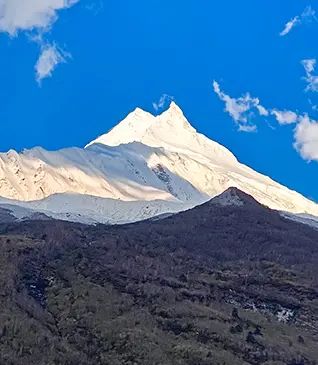Nestled deep within the confines of Ladakh, the legendary Chadar Trek has caught the fancy of adventurers and nature enthusiasts alike. The breathtaking region of Zanskar paired with walking on the frozen Zanskar River makes for the perfect winter adventure. Whether you're an adrenaline junkie or a lover of the great outdoors, the Chadar Trek is a chance to enter a frozen paradise and embark on an indelible adventure.
However, as with many natural wonders of our world, the Chadar Trek is not immune to the far-reaching impacts of climate change. Rising temperatures have started to cast a shadow over this once-frozen paradise, causing the ice to thin and the conditions to become increasingly unpredictable. The very essence of Chadar Trek, its frozen river, is slowly but undeniably slipping away.
In this complex intersection of environmental change, tourism, and infrastructure development, it becomes imperative to delve deeper into the potential consequences of these developments. What is at stake for Chadar Trek? How might these changes impact the trekking experience, the livelihoods of local communities, and the preservation of cultural heritage? This article seeks to explore these pressing questions and shed light on the uncertain future of Chadar Trek.
Climate Change and Chadar Trek
Impacts of Climate Change on the Zanskar River
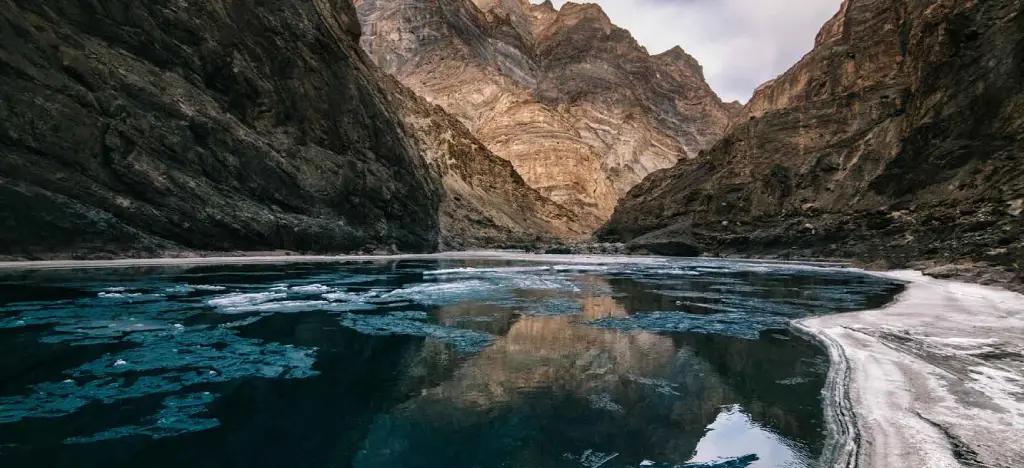
Climate change, a global phenomenon, is affecting even the most remote and pristine corners of the world. The Zanskar River, the lifeline of Chadar Trek, is not immune to the warming trends. Rising global temperatures have altered the local climate, resulting in significant consequences for the region. Glacial melt, reduced snowfall, and altered precipitation patterns have directly contributed to the changing nature of the river.
Thinning Ice and Changing Conditions
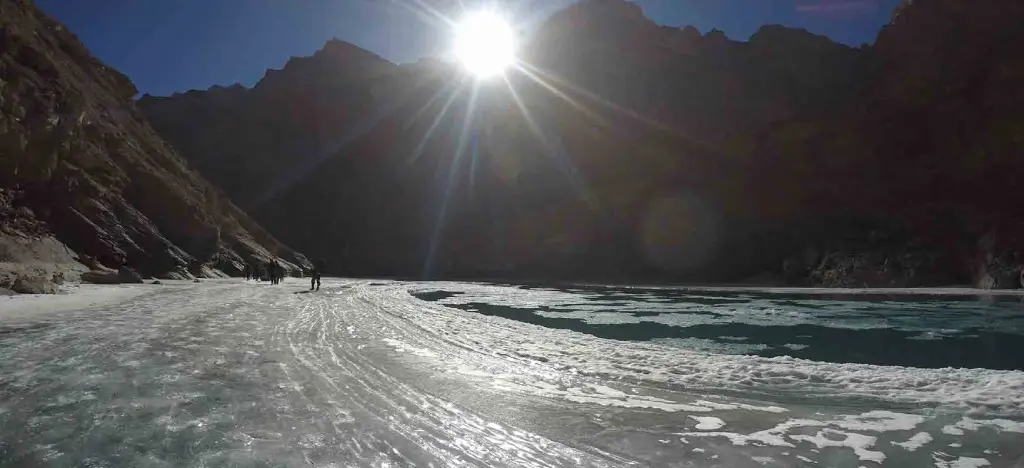
The most noticeable effect of climate change on the Chadar Trek is the thinning of the once-solid ice sheet that trekkers rely on for safe passage. The thickness and quality of the ice have become increasingly unpredictable, posing challenges and risks for those who embark on the trek. Previously stable ice conditions are now subject to rapid shifts, making it a less secure environment for trekking. This unpredictability adds an element of danger and uncertainty to the experience.
Potential Effects on the Trekking Experience
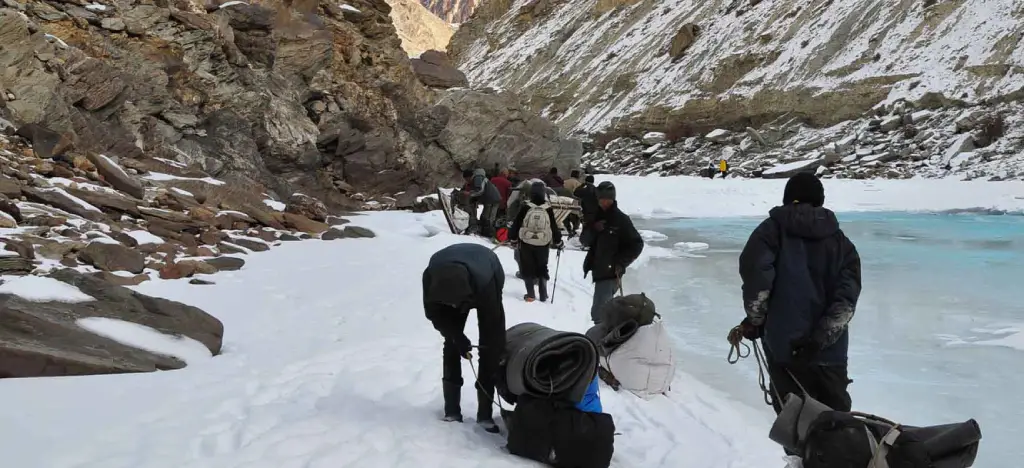
As the ice thins and conditions become more erratic, the trekking experience on the Chadar Trek is likely to be significantly impacted. Trekkers may find themselves facing more difficult and dangerous terrain, with fewer opportunities to fully experience the natural beauty of the area. The cherished experience of walking on a crystal-clear, frozen river might become less frequent, leading to concerns about the sustainability and allure of the trek.
Proposed Roadway from Leh to Zanskar
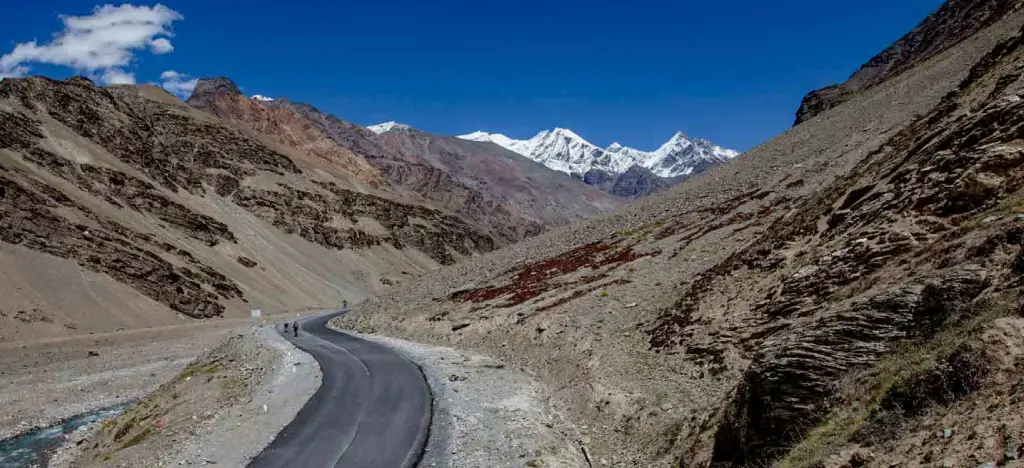
The Rationale behind the Proposed Road
The proposal to construct a roadway from Leh to Zanskar has garnered significant attention and support due to several compelling reasons. The primary rationale is to enhance accessibility and connectivity for the remote Zanskar Valley. Its isolation has limited economic growth, healthcare access, and educational opportunities for the people of Zanskar. The proposed road aims to address these challenges and open up new avenues for development, trade, and social integration.
How It Might Impact the Chadar Trek
One of the primary concerns related to the proposed roadway is its potential impact on the Chadar Trek. The trek's uniqueness lies in its seasonal reliance on the frozen river, and the road could fundamentally alter the conditions necessary for this trek. With a roadway in place, the trek will lose its natural appeal and as such trekking activities might eventually brought to a stop.
The Future of Chadar Trek
The most immediate and pressing threat to Chadar Trek's future is climate change. Rising temperatures and shifting weather patterns could lead to a situation where the Zanskar River no longer freezes reliably or extensively enough to support the trek. The thinning of ice and increased risk of breakage could render the trek unsafe and unsustainable.
The Importance of Seizing The Opportunity
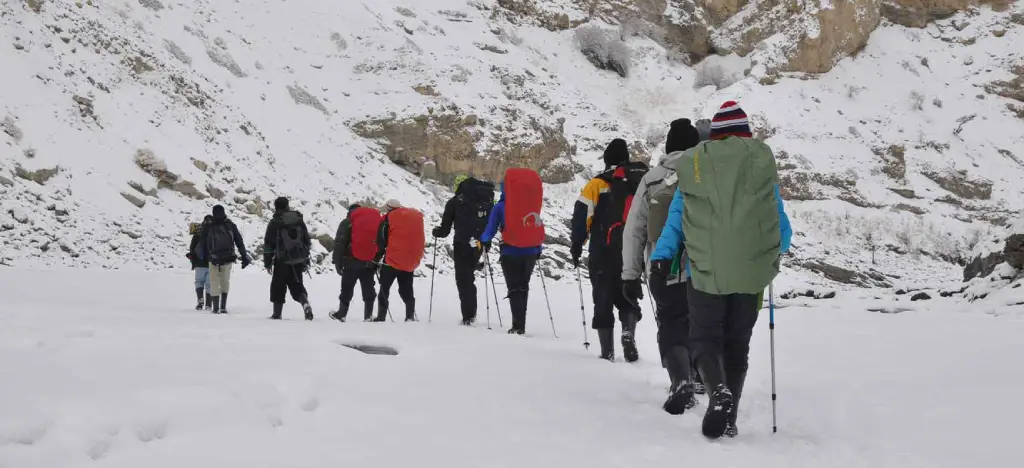
The urgency to explore the Chadar Trek is more pressing now than ever. This frozen marvel, a gift of nature and culture, is facing unprecedented challenges. The transformative power of walking on a frozen river amidst towering cliffs, glistening icicles, and pristine silence is an experience that words cannot capture fully. To embark on this adventure is to be part of a legacy, a story etched in the icy heart of Zanskar.
With the spectre of climate change and the potential construction of a roadway casting shadows over Chadar Trek's future, there's a real risk that the Chadar Trek we know and cherish might be slipping away. This frozen river, once a pathway of tradition and inspiration, is slowly melting into history. The natural world is resilient but also fragile, and the time to witness this unparalleled spectacle may be dwindling. The landscapes of Zanskar are timeless, but the circumstances that allow us to explore them are not.
The call to adventure echoes through the ravines of Zanskar, beckoning you to be a part of its tale. This is an invitation to feel the heartbeat of a frozen river, listen to the whispers of ancient cultures, and witness the resilience of nature. As the future of Chadar Trek teeters on the precipice, remember that you have the power to ensure its legacy endures. With every step, you affirm the value of preserving this extraordinary wonder for the generations yet to come. Embrace the Chadar Trek and make it a part of your story before this window of opportunity closes.
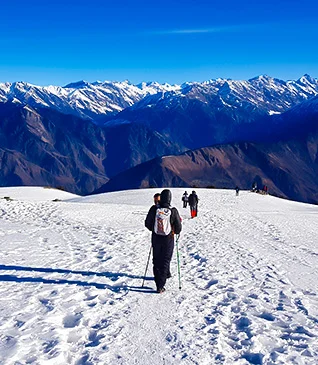
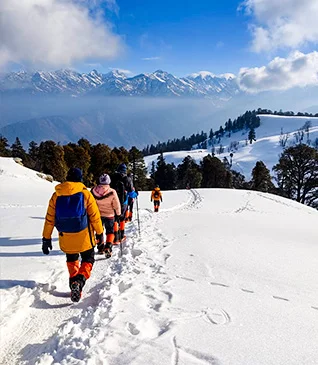
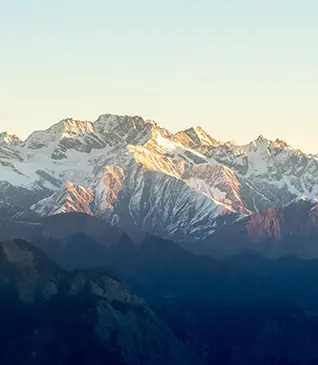
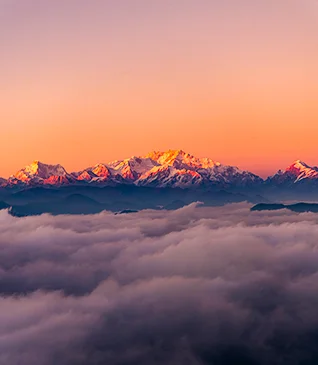
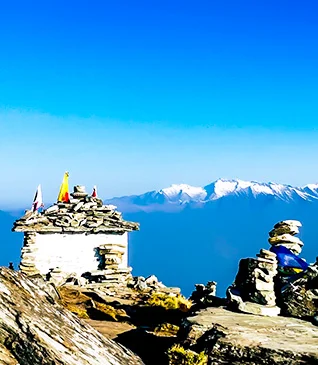
.webp)
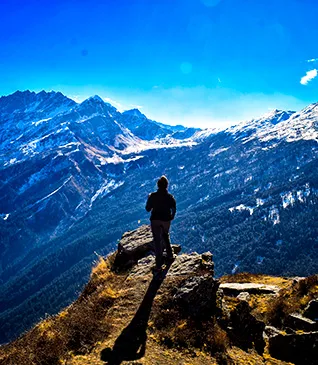
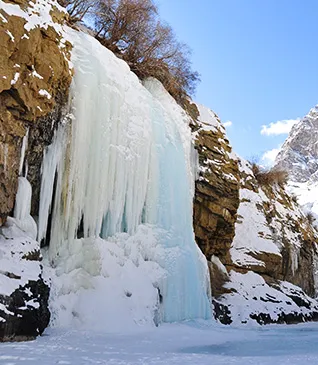
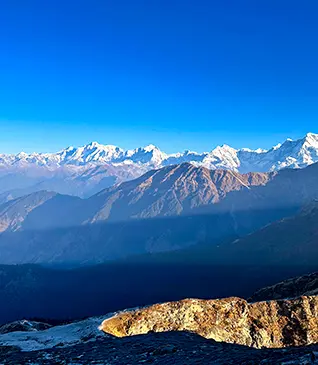
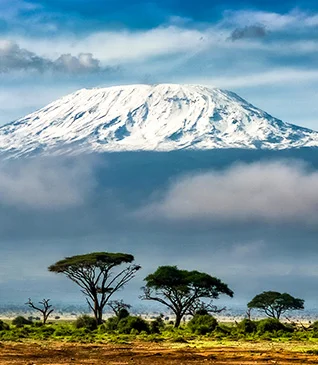
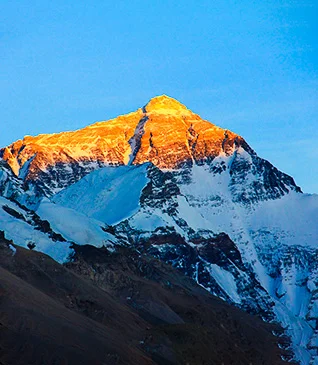
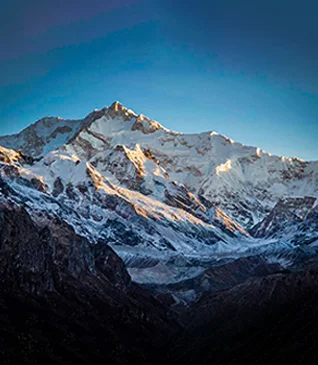
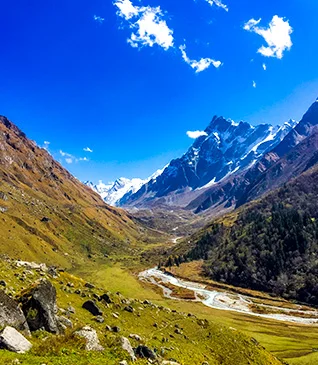

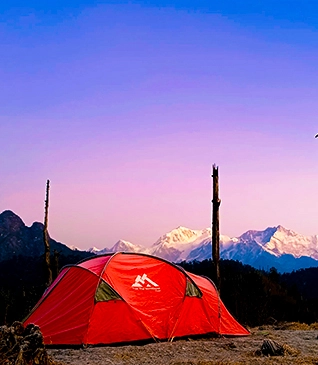
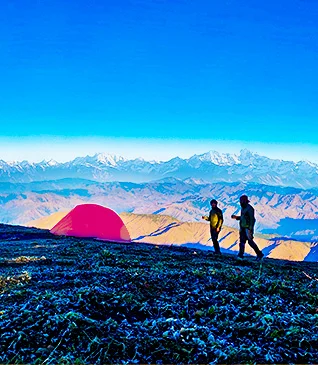
.webp)
